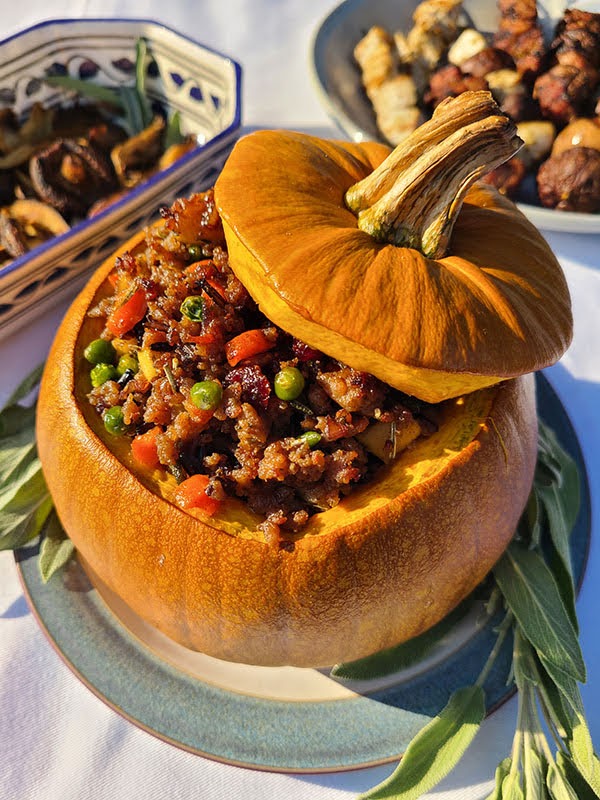


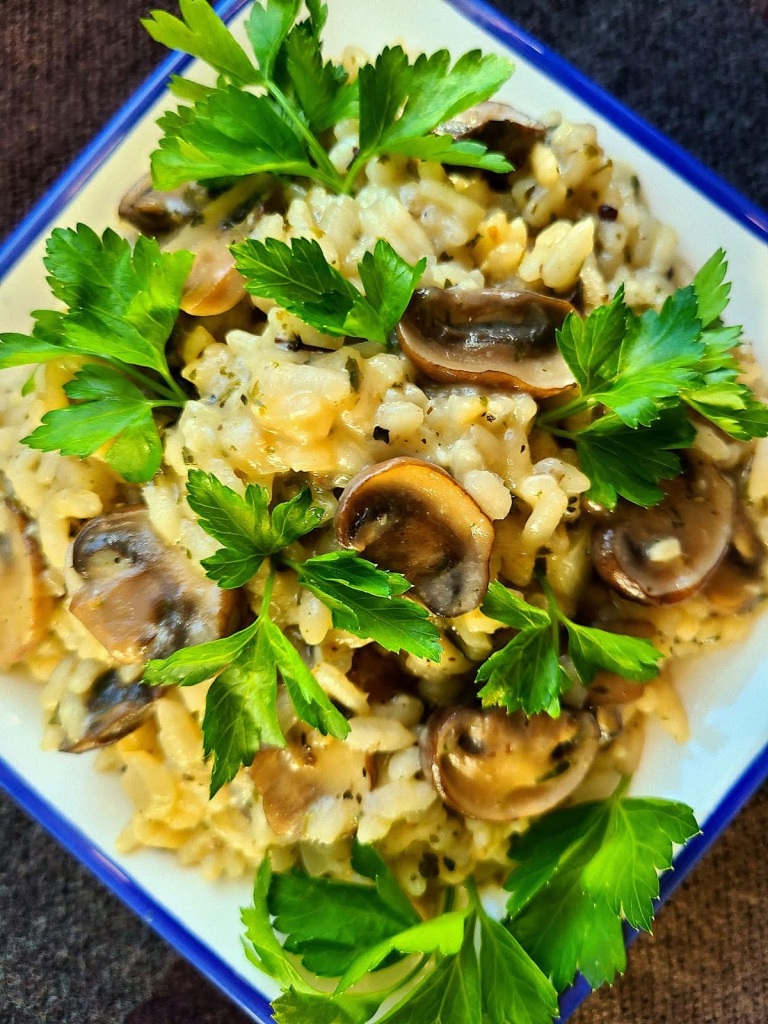
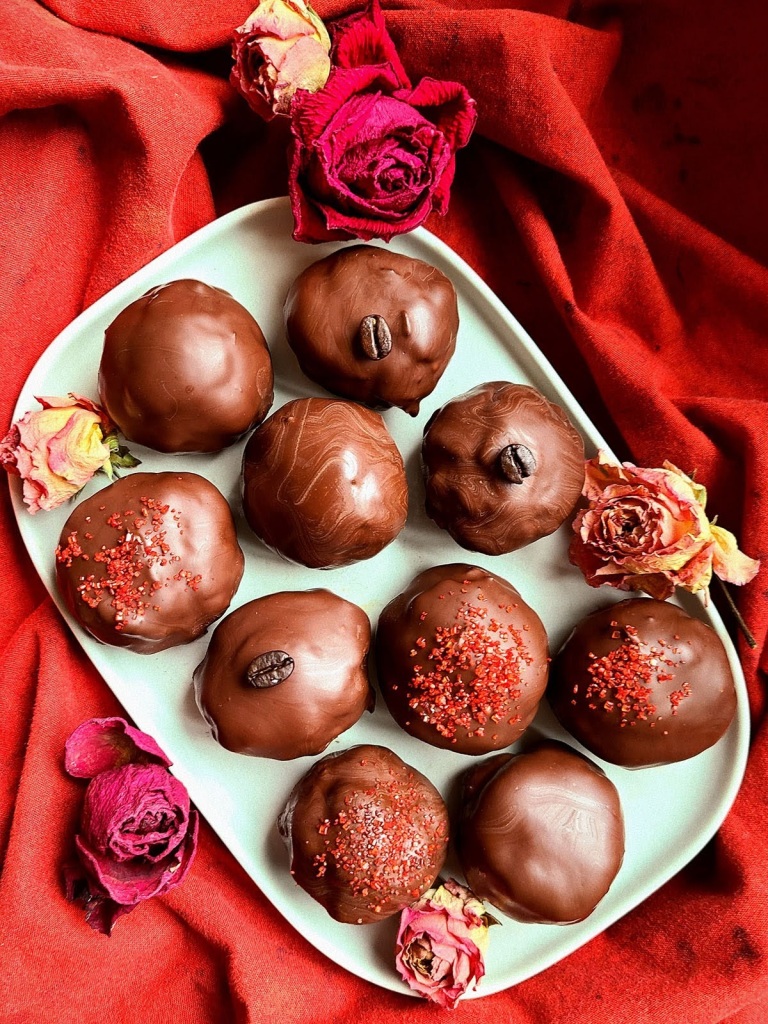
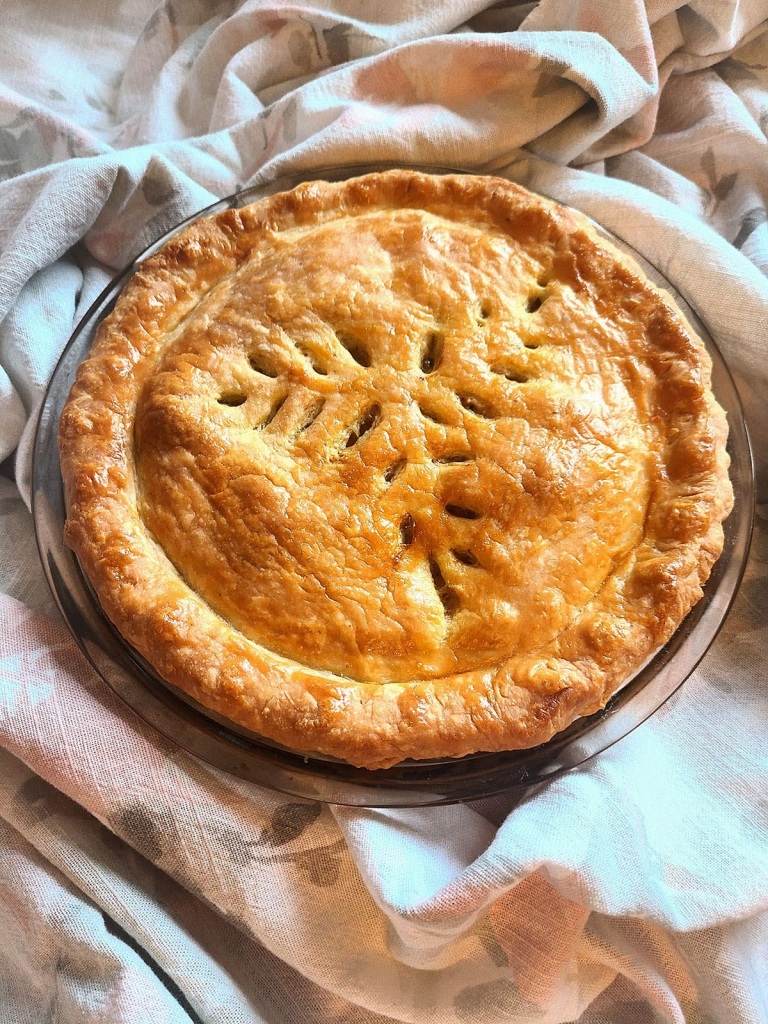

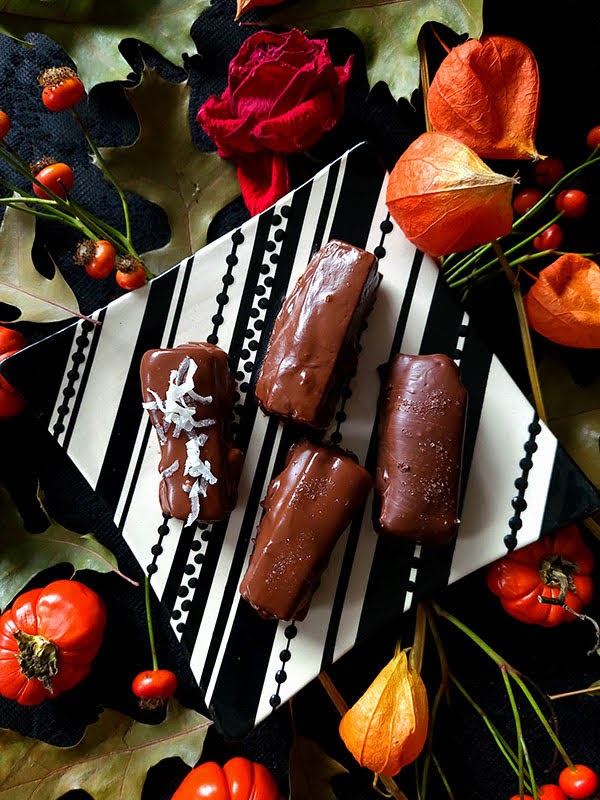
My Favourite Recipes
Subscribe for more recipes
How to Shop for a Food Photography Blog
One of the main challenges I found when first starting my cooking blog was how to shop for the recipes I was making. I consider myself a somewhat eco-conscious person, and I absolutely hate to waste food.
I did some research upfront and I do understand there are a lot of tips and tricks to making food photography look better with the addition of non-edible substances (i.e. motor oil, glue, plastic, replacing ice cream with mashed potatoes, etc.). I really didn’t want to do this with my blog, even if it meant the pictures didn’t look quite as appetizing. I wanted everything I made to be real, completely edible, and most importantly – to taste really good. There’s nothing worse than a pretty food that tastes terrible.
So, I wanted to show some examples of what my shopping lists might look like. I buy things seasonally, and I try to post recipes seasonally, even if it means my SEO might suffer a little. One of the things I learning as an SEO manager for a local business was that seasonal or promotional products for holidays need to be posted way in advance of the date. For instance, if you’re uploading Easter chocolate products on a website, you don’t post them 2 weeks before Easter, you actually post them in like… February. Some websites leave them up year round with hidden links so that search engines can still index the pages, but nobody can buy the products in the off-season.
Keeping a cooking blog more budget and eco-friendly while taking this into account is a bit challenging, and it’s a sacrifice I’m willing to make. I buy things when they are in season, and that’s when I cook them and plan for specific recipes to create. I’d prefer to post my recipe for strawberry jam during the correct season, rather than buy out-of season strawberries that had a potentially more harmful ecological footprint and make jam with them in January. I will say this is just my personal preference. It’s just my personal way of navigating how I run my blog on my own terms.
Getting your flower bouquet to appear in the front page of search results for Valentine’s Day can’t be a last minute thought, because search engines take a long time to index these pages, and your page only moves up in search results from being routinely clicked upon by organic traffic (people you don’t know clicking on the links without being prompted by any kind of advertisement or prompt). Building all of this up takes a good long while, which is also why a lot of blogs or smaller business websites don’t see an uptick in traffic or interactions until severals months or years later. Blogging and small business online traffic really is about consistency and time. I’m sure there’s a graph for it out there somewhere…
Anyways! Here are a few examples of my shopping lists – I doubt these are 100% accurate for what’s locally in season, but I try. Within each season, I try to look for recipes using similar seasonal ingredients. There are also a few staples I buy regularly, since they seem to always be needed. I also update these lists depending on personal changes I need to make to my diet, or if the price of something goes up so high I can’t justify buying it anymore. These also aren’t set in stone, complete lists by any means – just an idea!
The Shopping Lists
SUMMER
- Strawberries
- Cherries
- Blueberries
- Peaches
- Plums
- Apricots
- Nectarines
- Raspberries
- Melons
- Lettuce
- Tomatoes
- Radishes
- Fennel
- Eggplant
- Peas
- Cabbage
- Cucumber
- Celery
- Carrots
- Beans
- Cauliflower
- Broccoli
- Squash
AUTUMN
- Pumpkins
- Apples
- Plums
- Pears
- Tomatoes
- Squash
- Zucchini
- Potatoes
- Cranberries
- Artichokes
- Cabbage
- Carrots
- Turnips
- Radishes
- Brussel Sprouts
- Peas
- Leeks
- Kale
- Lettuce
WINTER
- Potatoes
- Apples
- Squash
- Mandarin Oranges
- Leeks
- Turnips
- Cabbage
- Beets
- Brussel Sprouts
SPRING
- Lettuce
- Kale
- Rapini
- Cabbage
- Carrots
- Rhubarb
- Radishes
- Parsnips
- Leeks
- Spring Onions
YEAR
ROUND
- Onions
- Garlic
- Pickled vegetables
- Fresh cilantro
- Fresh parsley
- Fresh mint
- Fresh sage
- Fresh thyme
- Lemons
- Limes
- Bananas
- Avocados
- Oranges
- Hydroponic Lettuce
- Apples
- Grapes – as a rare treat
- Pumpkin seeds
- Sunflower seeds
- Pecans
- Cashews
- Pistachios
- Organic Tofu
- Cheese – feta, cheddar, parmesan
- Eggs
- Butter
- Meat – when the price is right
FROZEN
GOODS
- Cherries
- Strawberries
- Mango
- Peaches
- Blueberries
- Raspberries
- Blackberries
- Cranberries
- Corn
- Green beans
- Broccoli
- Cauliflower
- Kale
- Cod
- Salmon
- Prawns
- Shrimp
PANTRY STAPLES
- Spices
- Dried herbs
- Seasoning salts
- Mayonnaise
- Tamari
- Nori
- Red or white miso paste
- Balsamic vinegar
- Rice wine vinegar
- White vinegar
- Apple cider vinegar
- Avocado oil
- Olive oil
- Coconut oil
- Sesame oil
- Mustard
- Canned coconut milk
- Nutritional yeast
- Maple syrup
- Flour
- Jasmine Rice
- Sushi Rice
- Wild Rice
- Arborio Rice
- White sugar
RARER
STOCKS
- Almond Flour
- Powdered sugar
- Brown sugar
- Coconut sugar
- Dried cranberries
- Other dried fruits
- Chocolate chips
- Dark chocolate
- Marshmallows
- Matcha powder
- Blue spirulina
- Powdered beet
- Purple yam powder


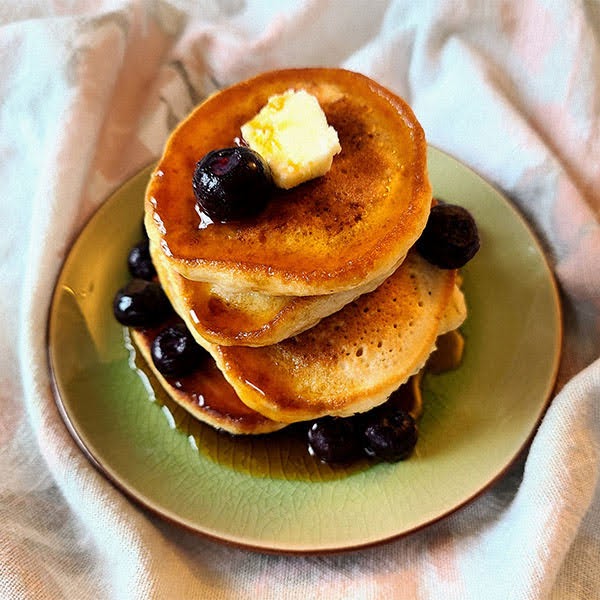
You must be logged in to post a comment.